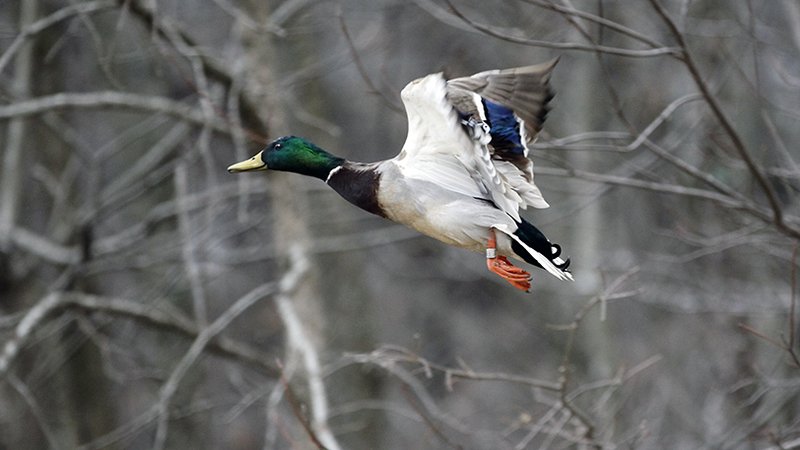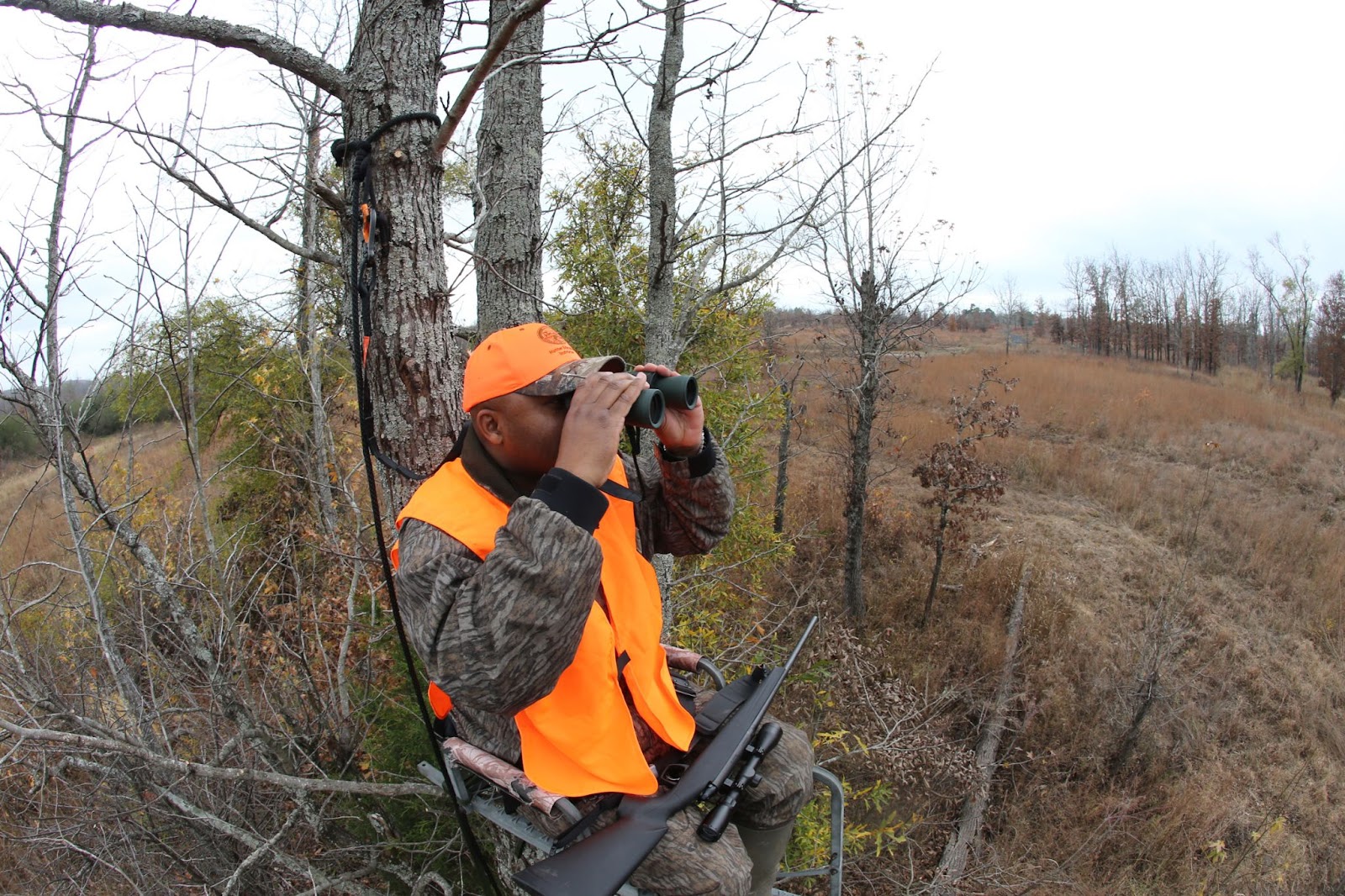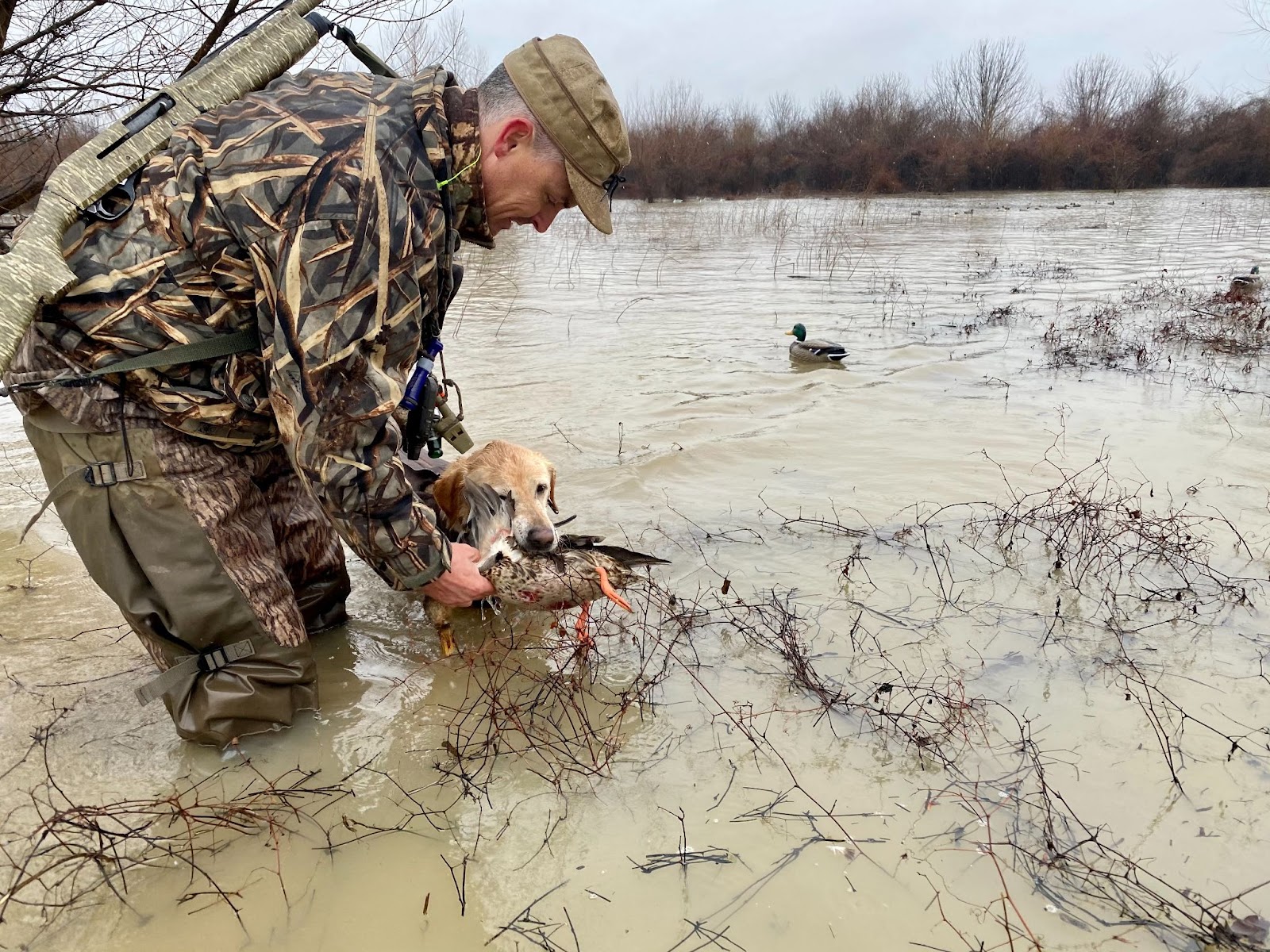Report waterfowl bands and help track the migration
ON 11-14-2018

Nov. 14, 2018
Randy Zellers
Assistant Chief of Communications
LITTLE ROCK – Want to make a duck biologist cringe? Just call those things wrapped around some ducks’ feet jewelry. Duck bands are nearly as popular as camo clothing among Arkansas waterfowl hunters. Bird bands are worn proudly on call lanyards across Arkansas’s sloughs and flooded timber.
They have another purpose than sprucing up a call lanyard. Their original use and the reason biologists still band ducks is to conduct waterfowl monitoring and research.
Birds of all sorts can carry a U.S. Fish and Wildlife Service band. If reported, these bands can provide essential and interesting information on the origins of the bird.
But they must be reported to be useful. Past reporting procedures required a phone call or writing in with the information. At one time pencil rubbings were required. Today, hunters must visit a website – www.reportband.gov – to report their recovered bands.
According to the U.S. Bird Banding Laboratory in Laurel, Maryland, bird banding is one of the oldest tools used to monitor migratory bird populations in North America. Biologists glean much about current population trends as well as areas critical to the life cycles of birds during their migration by analyzing the number and location of band returns throughout the year. Banding data are used extensively to track survival and harvest rates, and are a major part of many modern population management plans.
In addition to the excitement of harvesting a banded duck or goose, hunters who report their recovered band will help conservation partners gather important data that helps the natural resource you love, and you can get a report of when and where that particular bird was banded.
And, yes, you get to keep the band. How you display the find is up to you.
Recent News

Christmas gifts that could save a loved one’s life
Dec. 12, 2024

Leave invasive species in your wake this hunting season
Dec. 11, 2024
Subscribe to Our Weekly Newsletter E-mails
Don’t miss another issue. Sign up now to receive the AGFC Wildlife Weekly Newsletter in your mailbox every Wednesday afternoon (Waterfowl Reports are published weekly during waterfowl season and periodically outside the season). Fishing Reports arrive on Thursdays. Fill in the following fields and hit submit. Thanks, and welcome!
